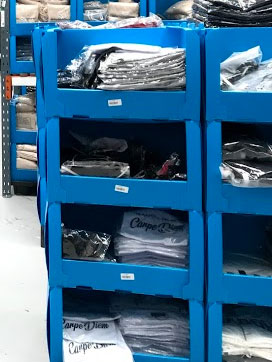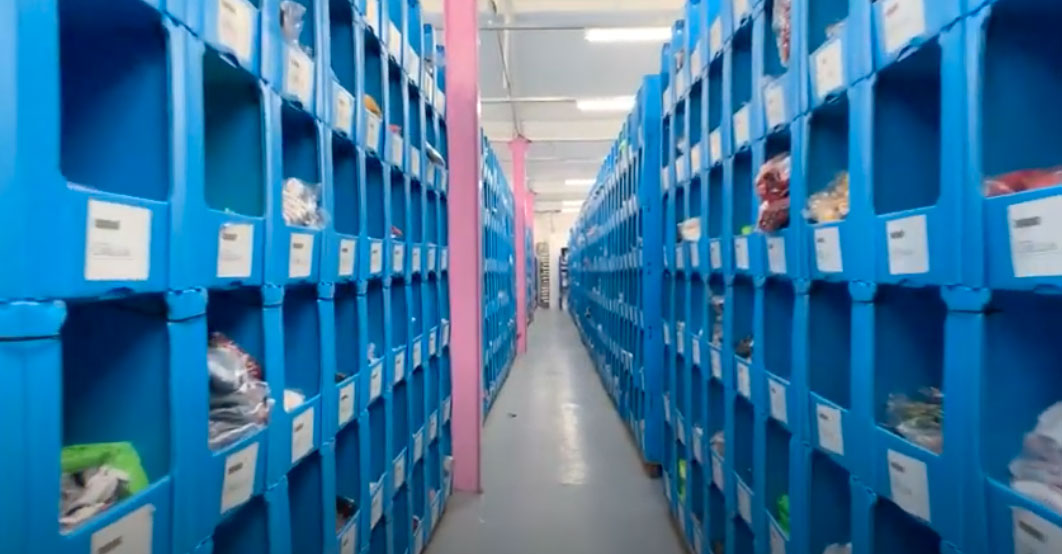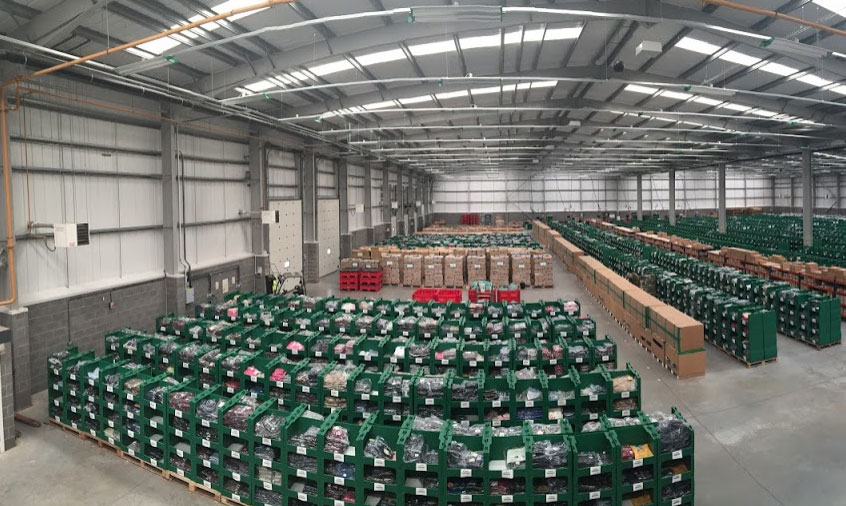One of the massive challenges of growing an ecommerce business is the speed at which you need to move. Decisions on product, pricing, marketing need to respond to customer demand on a daily basis. This is possible, if challenging. What’s not possible is to have the same about of agility when it comes to physical space, renting or buying a distribution facility.
And yet, one of THE most popular phrases we hear when speaking with these kinds of businesses is: “We’ve outgrown our current warehouse space” or “we’re running out of room and need to move!”. Now, whilst they’re not always wrong, and moving to a larger warehouse is an unavoidable step along the journey of most hyper-growth brands at some point, we know there are clever ways of getting a tonne more out of the given space than most people are aware of.
It all starts with using what Amazon like to call ‘chaotic storage’, or ‘dynamic locations’. With this made possible, along with some more practical know-how and clever storage solutions, we’re confident we can put off that big warehouse move until you really, really need it (and can afford to go properly big, and not just another 1 year in a slightly bigger one before outgrowing again.)
Problems with fixed locations or ‘static storage’
If your SKUs can only exist in one pick location each, and that location is only ever use for one individual SKU, it is:
- An inefficient use of space, as locations can be taken up by slow moving stock and the last few units
- An unnecessary increase on workload when products come in or you need to change around your SKUs
- A cause of inefficient pick runs, and picker congestion around your most popular items and fastest moving SKU locations
Benefits of ‘dynamic storage’
If your SKUs can exist in multiple locations, and you can mix multiple SKUs together in one location, you’ll have:
- Increased picking efficiency
- Less congestion in the picking aisles
- More options more Putaway locations
- Less Replenishment tasks
- An all round better utilization of your available space

Locations that are able to store white T shirts and black T shirts at once
Warehouse optimisation for fast moving items
We recommend identifying the top 20% of your fastest moving SKUs. These usually make up about 80% of the tasks and productivity areas for the team.
– Place these SKUs as close as possible to the pack benches/dispatch area. Immediate game changer for walk time.
– Use waist to shoulder height locations for them. Less bending, less reaching, less step ladders!
– Align the location size with the size of either one or multiple cartons of the product. This is smart as it avoids you having to split a carton up and put any product back into bulk storage.
How to deal with slow moving items?
It’s the same logic in reverse for these. If you’re not going to be picking the items that often, you don’t need to put them in any of your prime real estate, they can instead use up that unwanted area!
– Use those awkward higher or lower locations for slowest moving SKUs, so that the times when your team do need to bend down or use the step ladder are limited.
– Create an area of smaller locations to hold slow moving, end of line stock. No need to a massive location with only a few items in it.
– Know when to quit! Really slow moving units can take up space indefinitely, and it might well be better to dump them altogether, free up the space and move on.
Improve the flow of your warehouse
Does the overall layout of your operation flow? Goods-in all the way to dispatch should be one fluid chain of events without hurdles or hitches. One example – create gaps in long runs of pick locations to enable pickers to cut through to the next aisle, minimising end to end travel.

Long picking aisles like these can be broken up with gaps for cutting through
Pallet Racking V Mezzanine
High bay pallet racking is great for bulk storage, but would you be better off using the height for a mezzanine and increasing the amount of pickable locations? We recommend using as much as your space as possible for pick rather than bulk, as it reduces replenishment tasks and saves on forklift and other machinery costs
Pick Location Solutions
Are the actual aisles made up of the best possible storage solutions for your space and your product type? There are many flexible options out there that will expand the size of your pick face and use up every inch of possible space.

Correx bins in Peoplevox blue, flexible and for smaller clothing items
